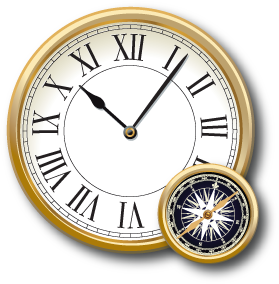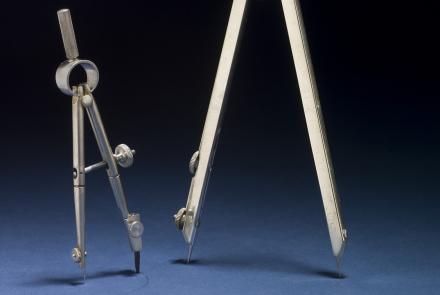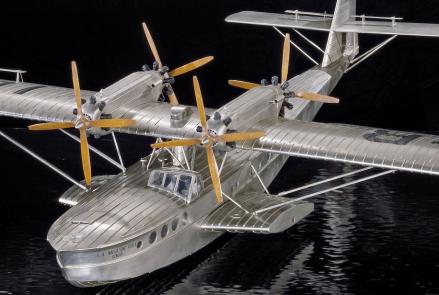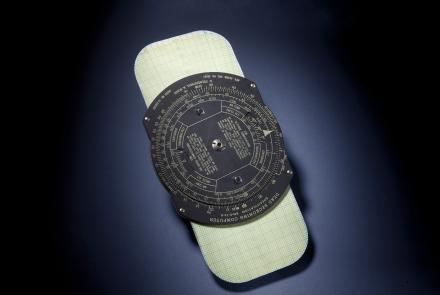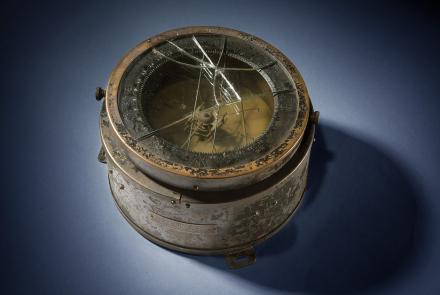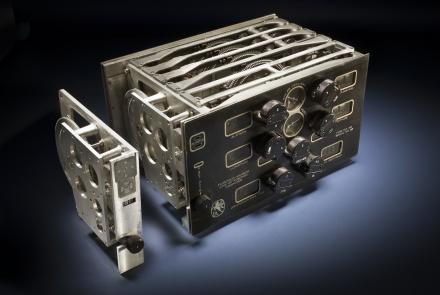Multimedia Gallery
- Media Type: Artifact
These tools were critical for quickly accessing distances and plotting courses.
Made by Jesse Ramsden in 1775, this machine permitted the automatic and highly accurate division of a circle into fractions of degrees of arc. The machine led to mass production of precision octants and sextants.
In the early 1930s, this type was proposed (unsuccessfully) for the first regular commercial transatlantic service.
This clock was made by Johannes van Ceulen around 1680.
The E-6B remains the most successful flight computer ever made.
This aperiodic compass salvaged from Wiley Post's 1935 fatal crash had previously flown in the Winnie Mae.
This equipment made up a prototype emergency location service based on GPS positioning.
This represents the first demonstration of a tiny atomic clock.
This 1938 mechanical computer was a remarkable attempt to automate complex navigational processes.
This 1938 mechanical computer was a remarkable attempt to automate complex navigational processes.


